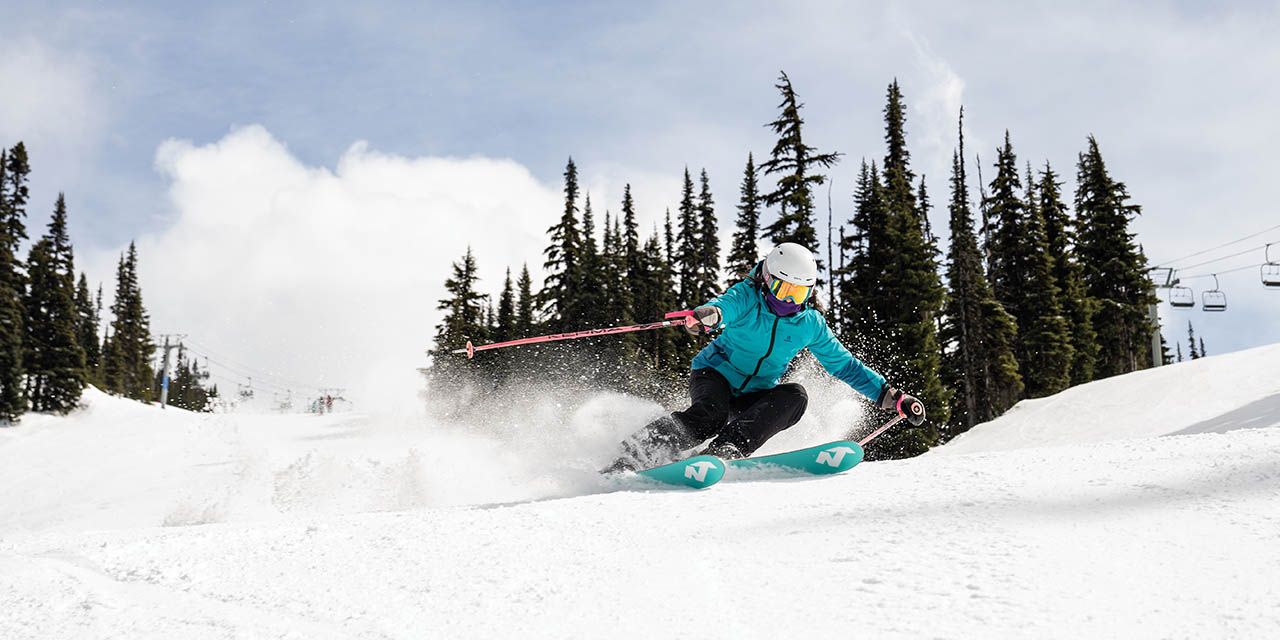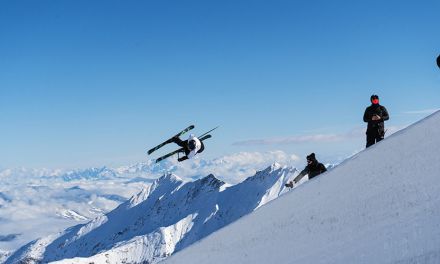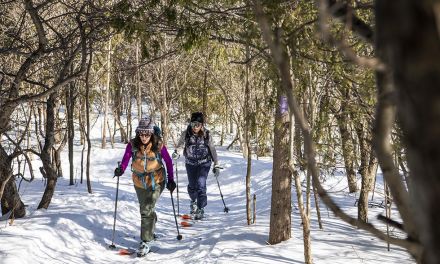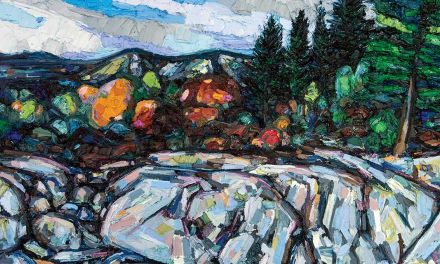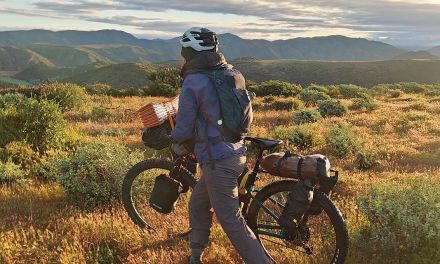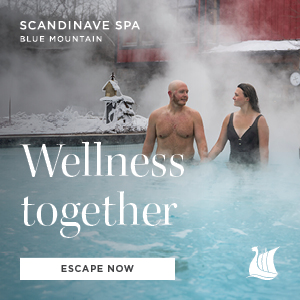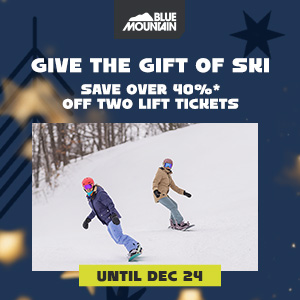Chairlift Confidential
By Cara Williams | Photography courtesy of the Canadian Ski Council and RT07
Thinking about hitting the slopes for the first time? From beginner programs and insider tips, here’s your guide to getting started this season.
Around here, skiing and snowboarding are stitched into winter with a promise of fresh air, fun and lots of laughs. But for anyone new to the sport, that promise often comes with one nagging thought: where do I even start? Add in the reputation for being pricey and intimidating, with unspoken rules, insider lingo, and gear that seems designed to confuse. No wonder plenty of people figure it’s easier to stay indoors with a blanket and the remote. The truth is, skiing and snowboarding aren’t as out-of-reach as they might seem—especially now. Over the past decade, a few dedicated entities have been quietly working to make that first step onto snow easier, less expensive, and far more welcoming. At the centre of this push is the Canadian Ski Council (CSC), the trade association that represents ski areas across the country. Their public-facing brand, Go Skiing/Go Snowboarding, exists for one simple reason: to get more people outside in winter, whether that’s on skis, a snowboard, or Nordic gear.
“Getting into our sport is not easy. It’s a little bit daunting,” admits Paul Pinchbeck, President and CEO of the Canadian Ski Council. “We’ve learned over the last couple of decades that the right information and a welcoming first experience can make all the difference.”
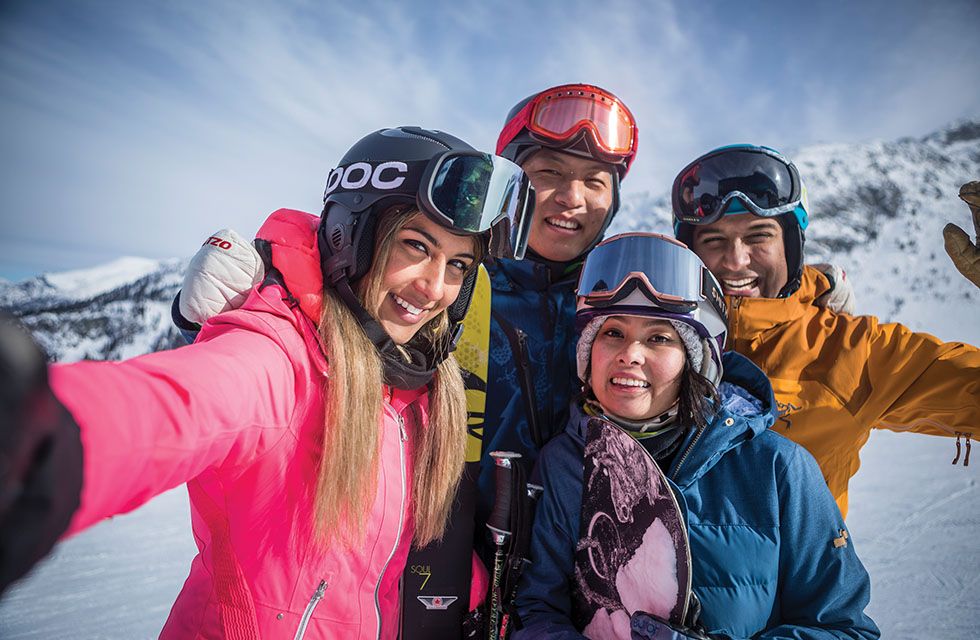
That philosophy drives Never Ever Days, one of the Council’s most impactful programs. Designed for absolute beginners, it bundles a lift ticket, rentals, and a lesson for a price that’s lower than most people expect. For a first-timer, it’s a worry-free way to see if sliding on snow is your thing. More than 70% of participants are new Canadians, and women are turning up in even greater numbers than men. “The industry is generally about 62% male, but with Never Ever Days we’re seeing 62–63% women participation,” Paul says. “It’s pretty cool.”
These programs are about more than just selling a package—they’re about taking away the stress before anyone even clicks into a ski. Resorts that participate have marketing, registration, and guest communication handled by the CSC, with step-by-step details for newcomers on where to park, how to find the rental shop, what to bring, and what to expect. In our area, Blue Mountain, Snow Valley, Mount St. Louis Moonstone, and Horseshoe Valley have all been involved, with more expected to join.
For young skiers, the SnowStart Kidz Pass—an expanded version of the well-known Grade 4/5 SnowPass—now includes grades 1 through 6, offering three visits at each participating ski area. “In some cases, up to 30% of the family members are learning to ski,” says Paul. “The more they ski, the more likely they are to stay as a family that skis.” It’s the kind of virtuous cycle the sport thrives on: one child falls in love with skiing, the parents join in, and suddenly winter becomes something the whole family looks forward to.
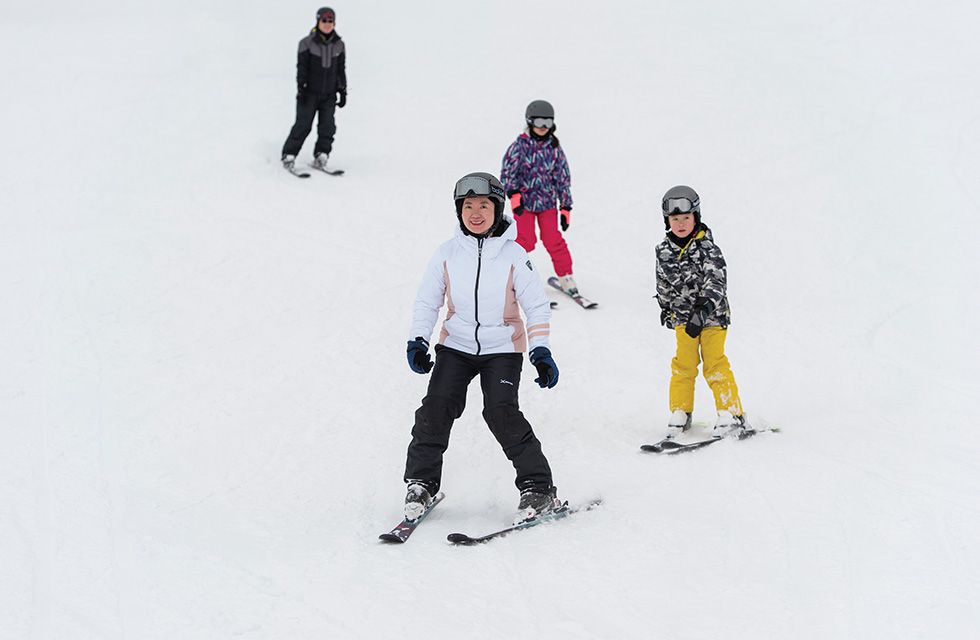
Paul is quick to point out that this is about much more than just growing numbers. “We believe skiing and snowboarding provide significant mental and physical health benefits on a yearround basis. We’re the antidote to the winter ‘sit on the couch’ type thing.” The pandemic made that clearer than ever, with people seeking safe ways to be active and connect. Skiing’s social side—the friendships that start on a chairlift and last all year—sets it apart from many other sports.
That community extends to Nordic skiing too. Often less structured than alpine, Nordic saw its own boom during the pandemic. Paul calls it a “gateway sport” that often leads to alpine or snowboarding, though it’s also a satisfying pursuit in its own right. He’s returned to it himself, enjoying night skiing when his schedule allows.
Of course, there’s no ignoring the question of cost. The headlines may focus on the priciest lift tickets in the country, but that’s far from the whole story. “There are ways to participate… that are much less expensive than what one reads in the popular press,” says Paul. Smaller ski areas close to urban centres, midweek passes like Blue Mountain’s 5×7® Pass, and the Canadian Lift Pass program—a shareable pack of five discounted tickets—are all part of the picture.
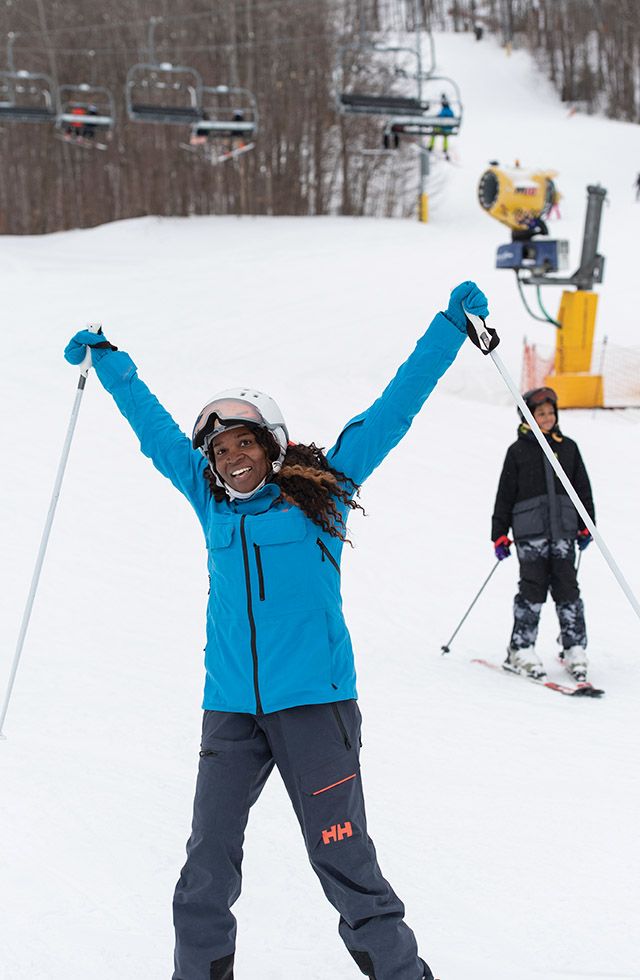
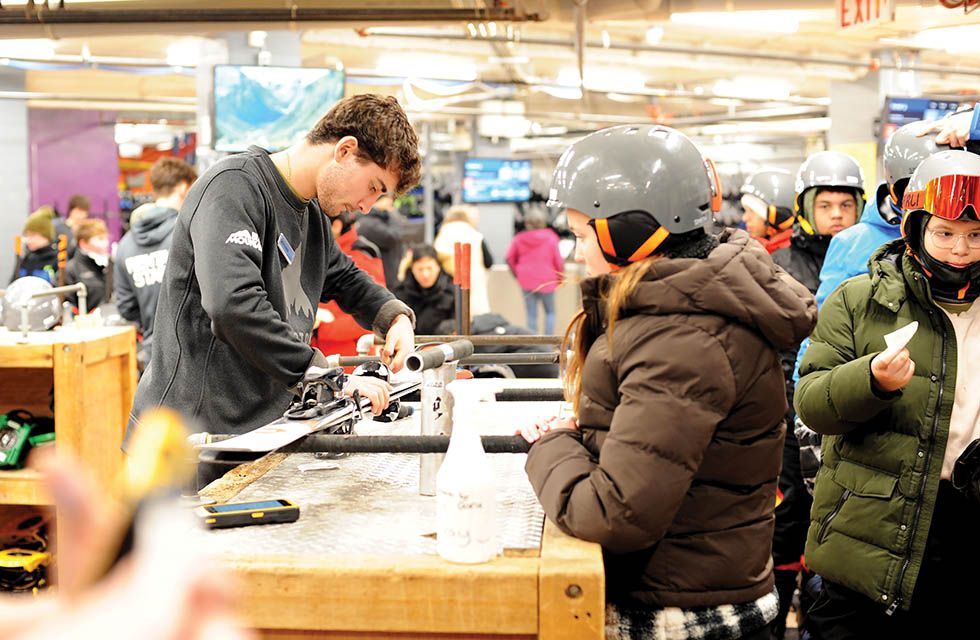
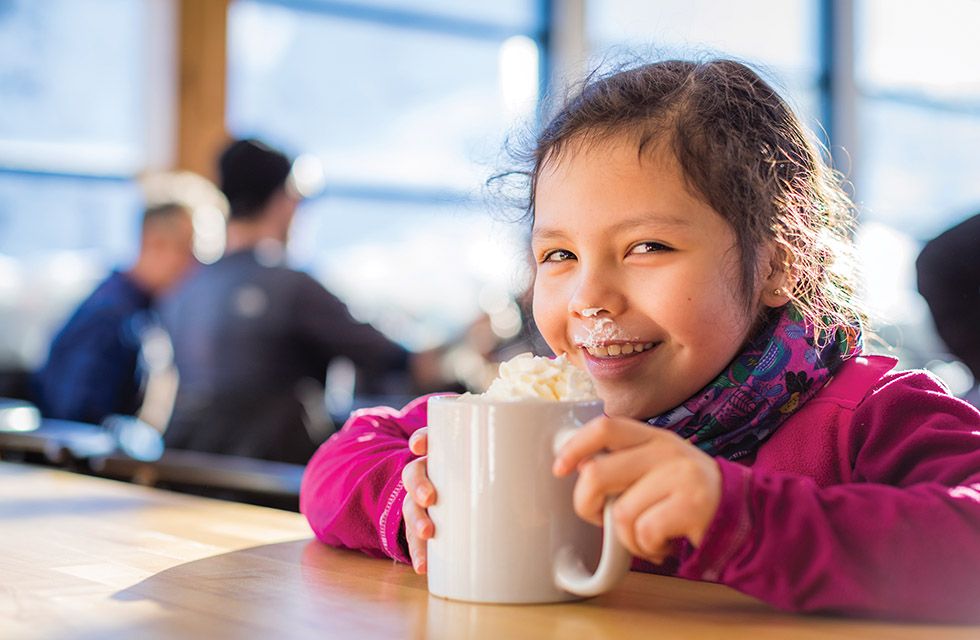
One of the best places to see the energy of skiing and snowboarding come to life is the Toronto Ski & Snowboard Show®, produced each fall by the Canadian Ski Council. After decades near the airport, the show moved downtown to Exhibition Place, making it easier to reach by transit and giving it a lively urban edge. “It’s the official kickoff to winter,” says Paul. “It’s evolving beyond a place to pick up an inexpensive piece of gear—it’s a cultural gathering, a place to catch up and launch the season.” Each year the show draws tens of thousands of winter lovers with Canada’s largest ski and snowboard swap, dozens of retail exhibitors, travel opportunities, and the latest-and-greatest products. This year’s theme, “chalet chic to steep and deep,” blends home décor inspiration with a fully licensed après ski area, complete with live music. Part gear swap, part reunion, part party—the Toronto Ski & Snowboard Show is as much about community as it is about equipment.
And if cost is still what’s holding you back, there’s a brandnew local initiative designed to tackle that barrier head-on: Second Tracks. A partnership between the YMCA of Simcoe/ Muskoka, North Shore Ltd., and Blue Mountain Resort, Second Tracks is aimed at youth who might not otherwise have a chance to ski or snowboard. Open to ages 12 to 16, it offers two fourweek sessions where kids receive complimentary nightly lift tickets, rentals, lessons, dinner, and round-trip transportation from the Collingwood YMCA. The goal is simple: break down barriers and give teens a safe, welcoming, and fun place to learn. “I’ve often wondered what it would be like to grow up in Collingwood with a ski hill lit up at night, but never have the chance to try it,” says John Mealey, founder of Second Tracks. “This program gives kids the opportunity to see their town from the top of Blue Mountain and, in real time, shift their perspective on what’s possible. It also helps bridge the gap between the local community and the private ski clubs by opening the door for local youth to experience the thrill of skiing and snowboarding.”
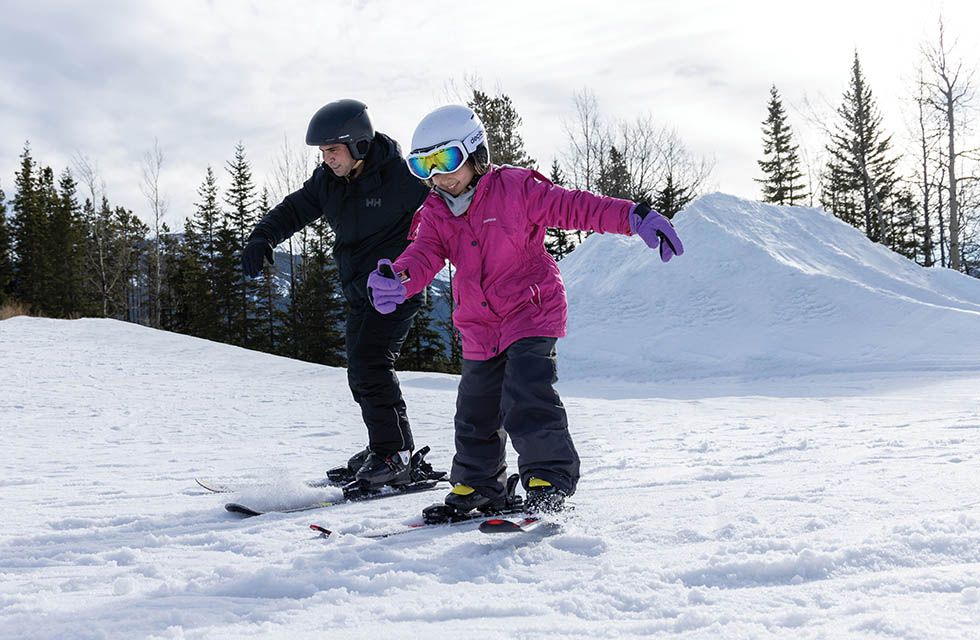
With volunteers and professional instructors guiding each session, the program blends athletic skill-building with social time, fresh air, and plenty of encouragement. Community members can help too, by volunteering on the hill or donating gently used equipment and funds. For full details, visit secondtracks.ca.
Taken together—from national initiatives to cultural gatherings to grassroots efforts like Second Tracks—affordable lift options, beginner-friendly packages, used gear, and community events are making snow sports feel far less intimidating. They’re starting to feel, well, inviting. “Whether you’re at the Peaks looking out over the Bay, at Blue Mountain, or on a small hill close to home, every ski area has its own charm and culture,” Paul says. “It’s about being active, being social, and embracing winter in all its beauty.”
If you’ve ever thought skiing or snowboarding might not be for you, maybe this is the year to prove yourself wrong. Take that first run—you might just find your new favourite winter activity has been waiting for you all along! E

